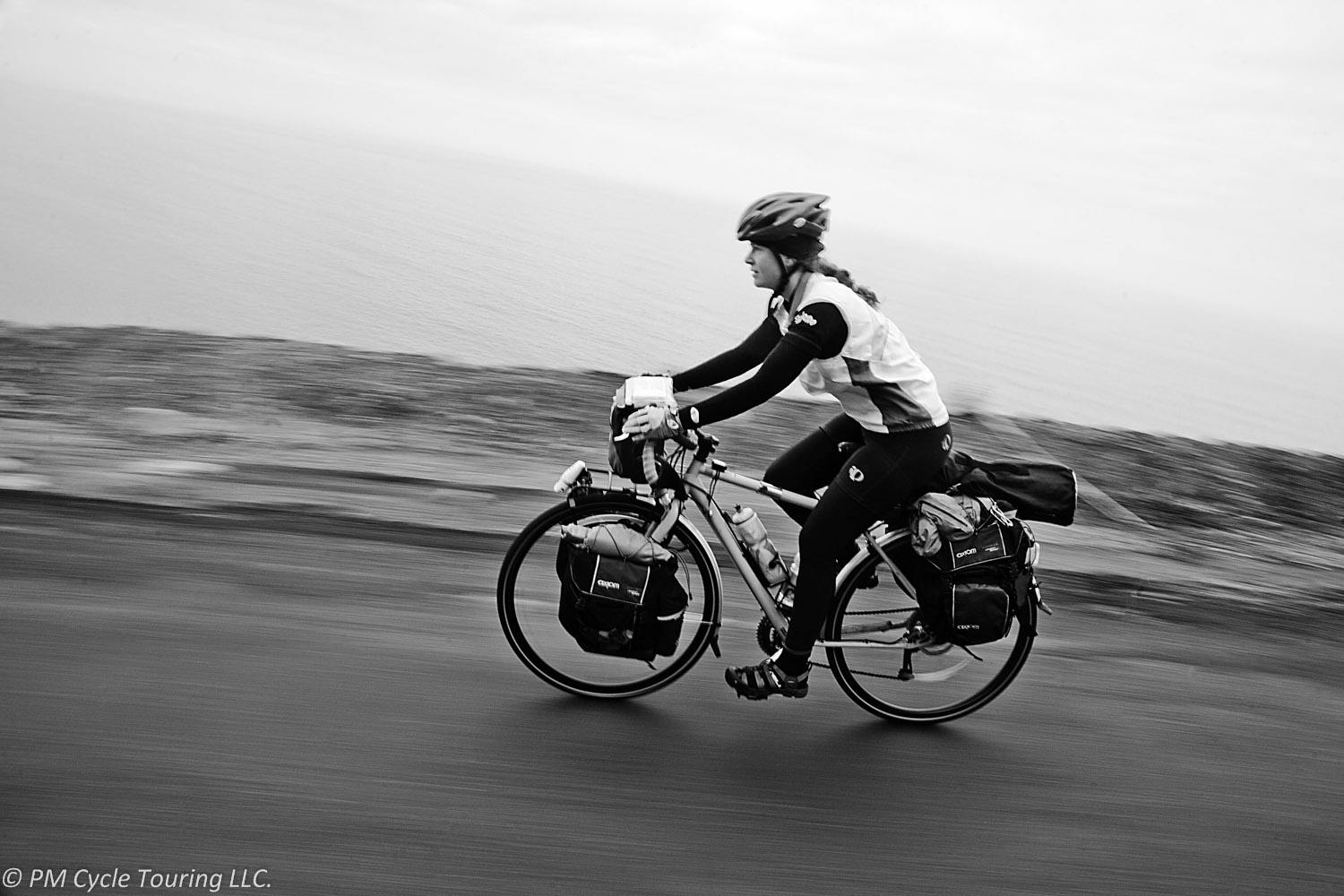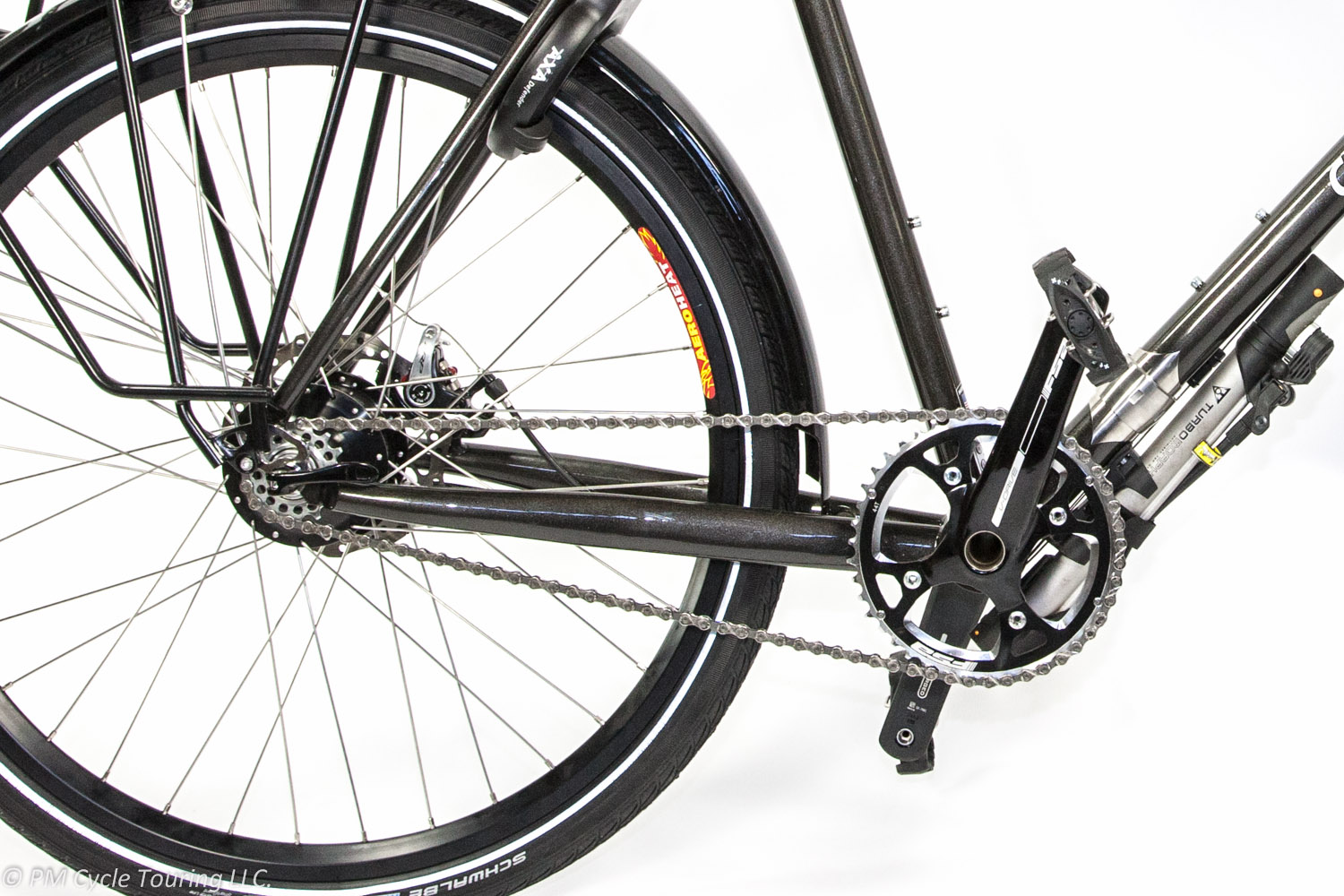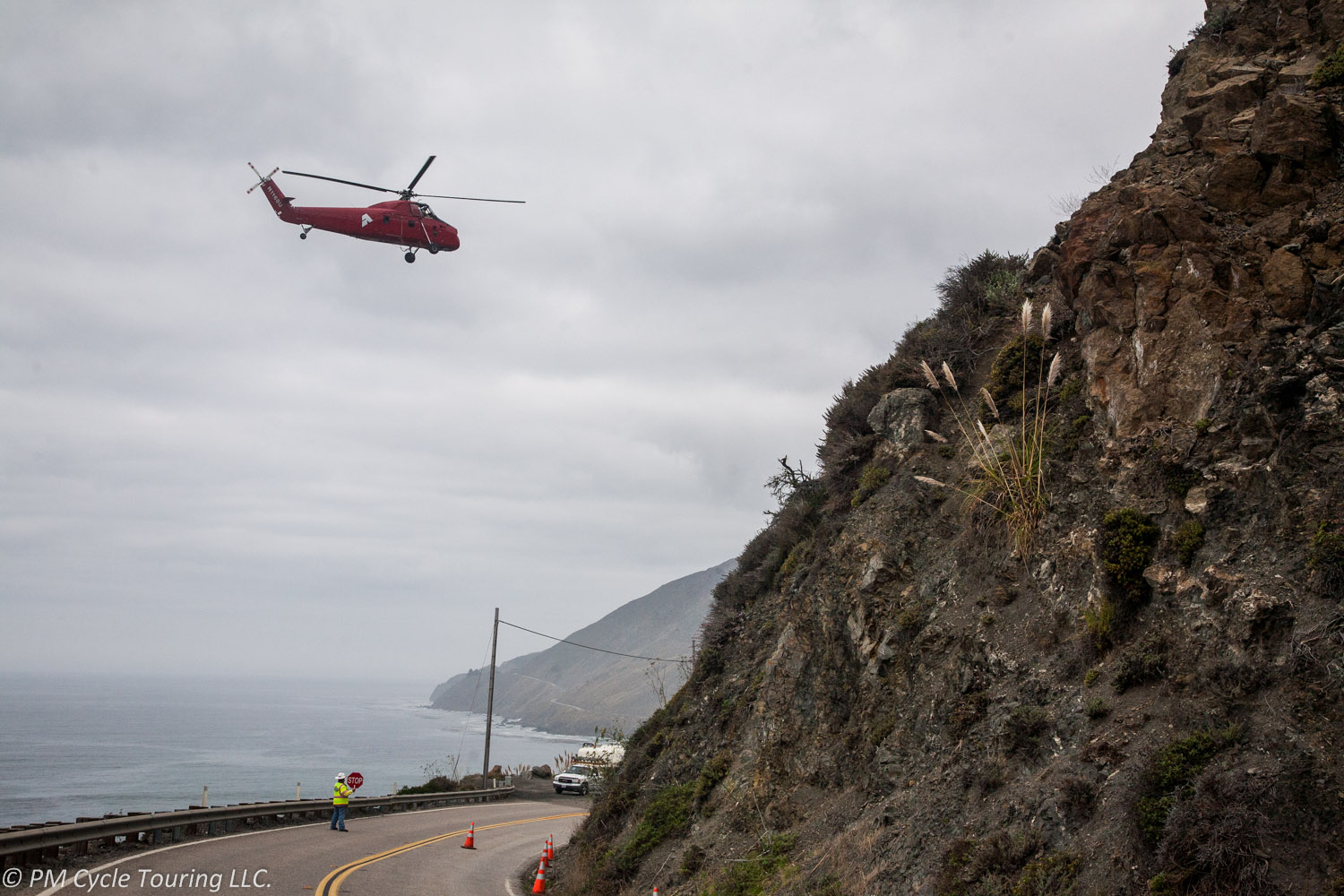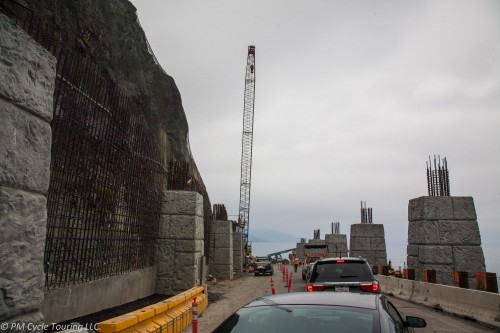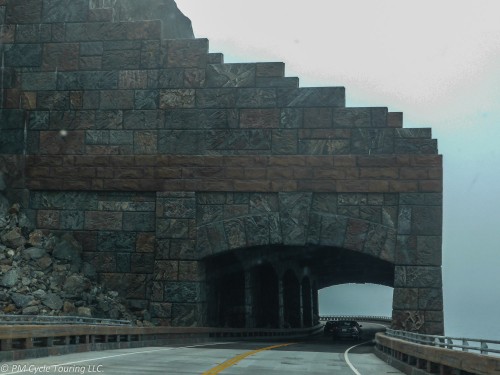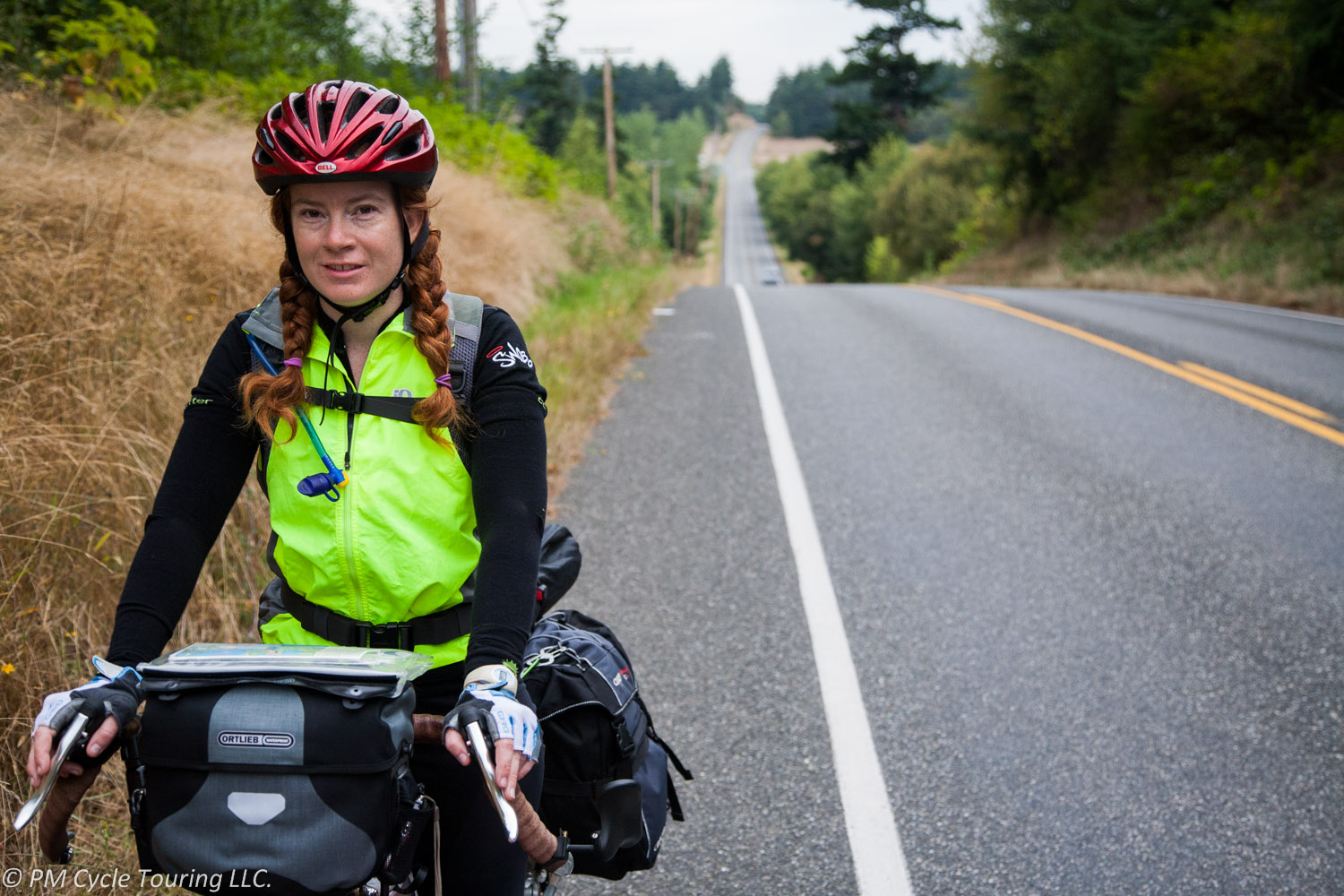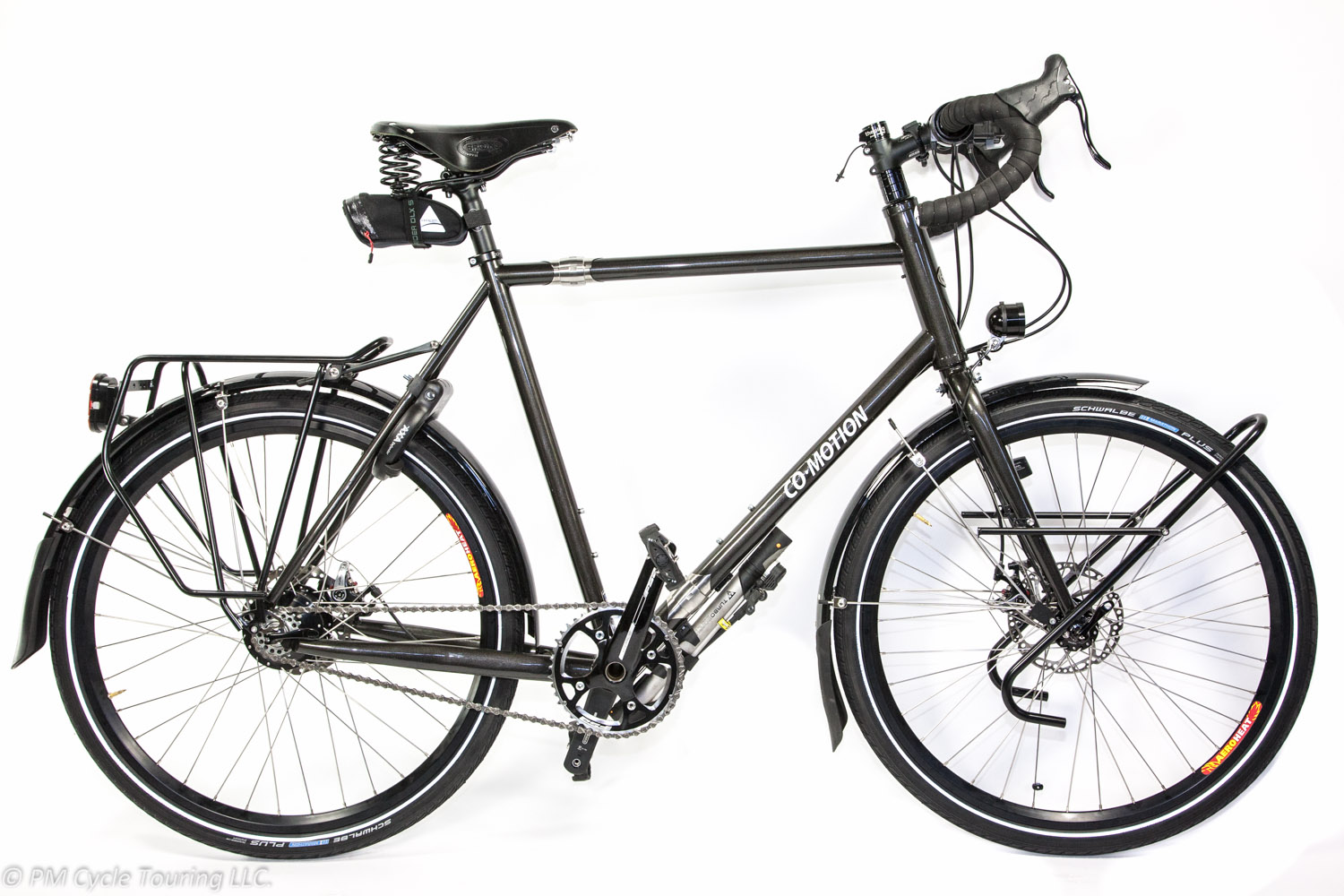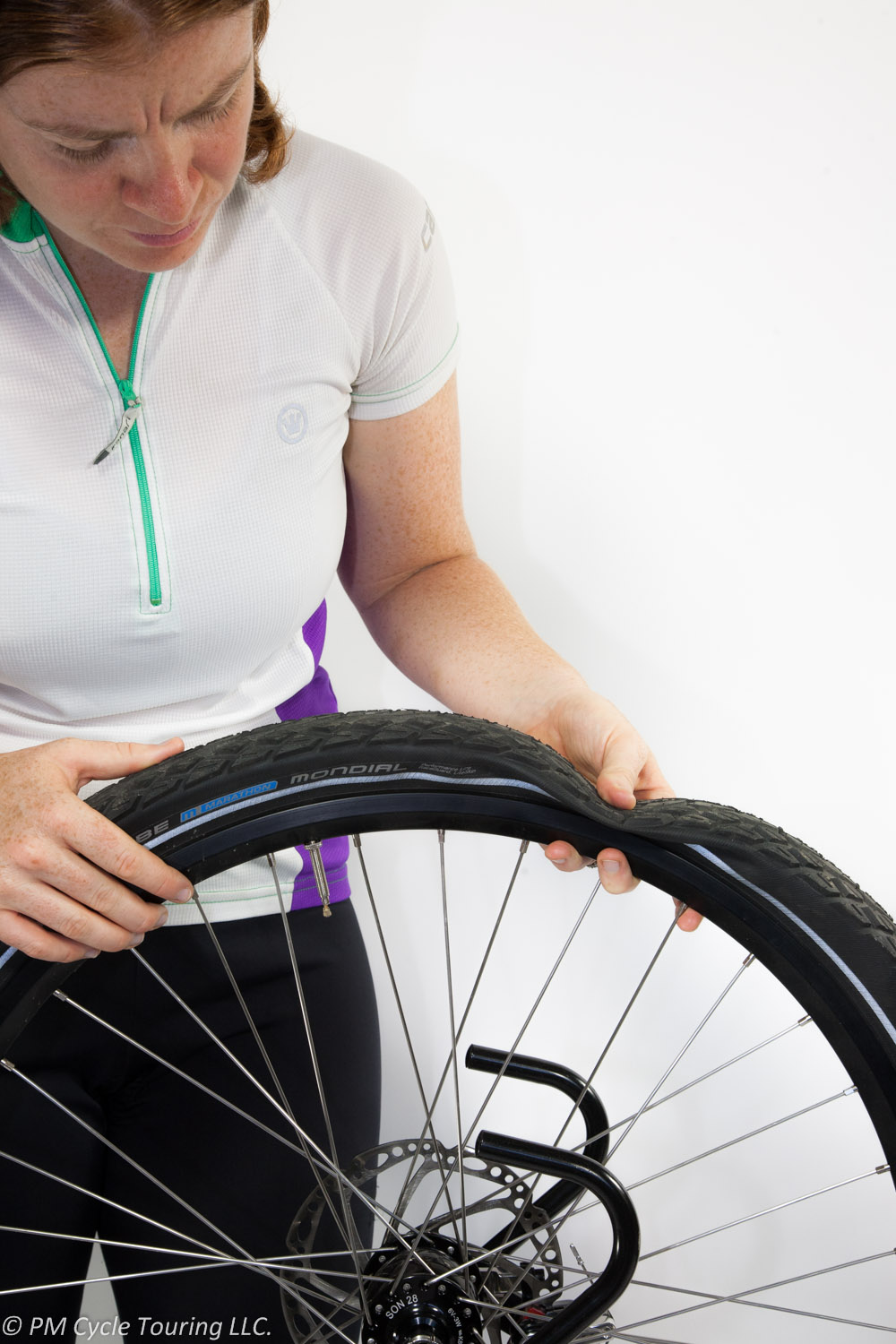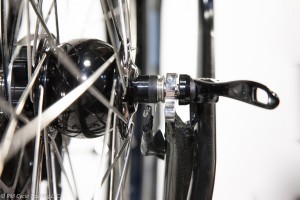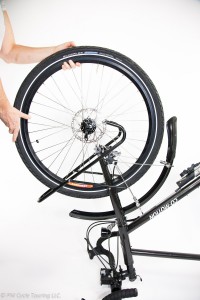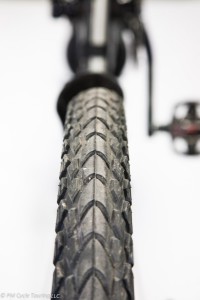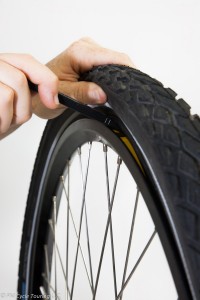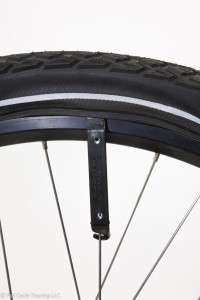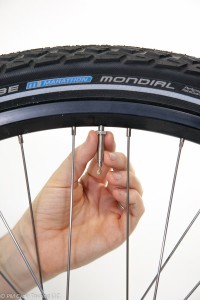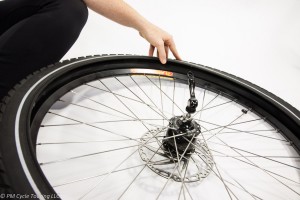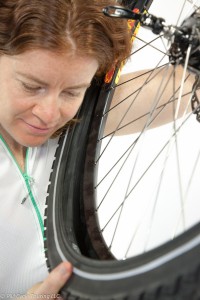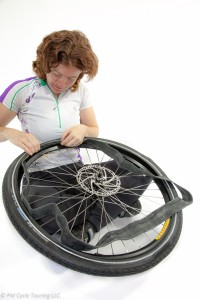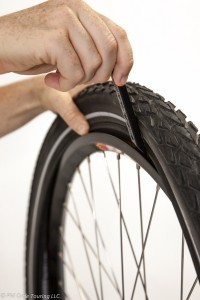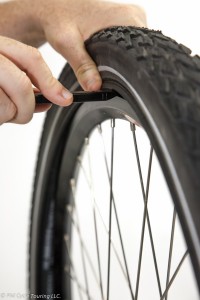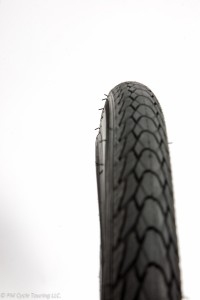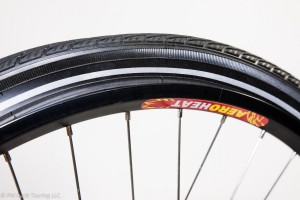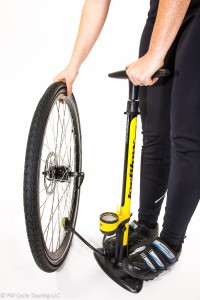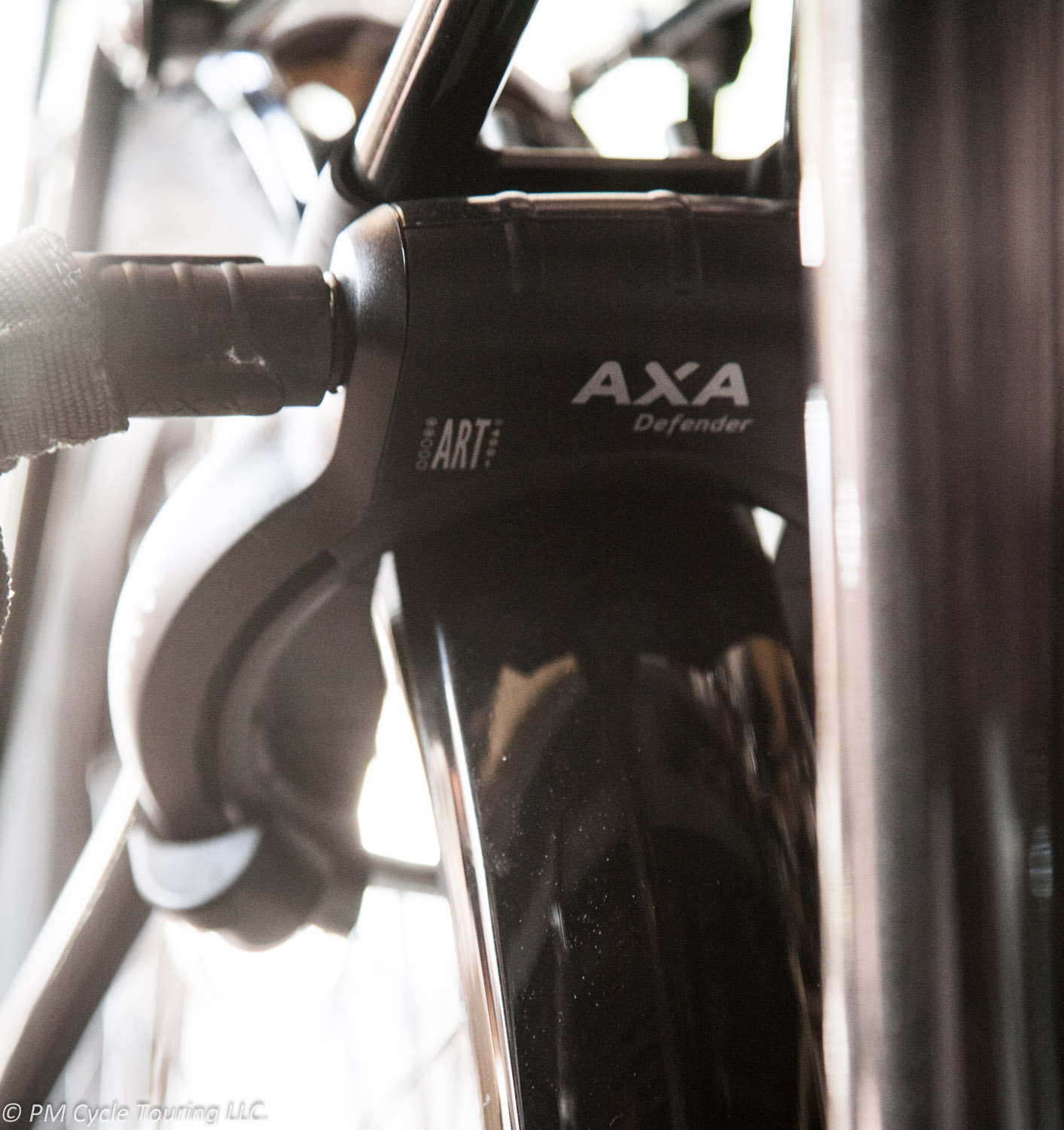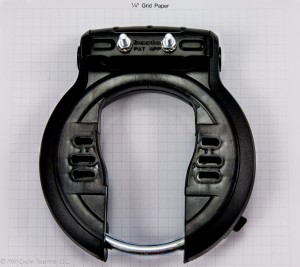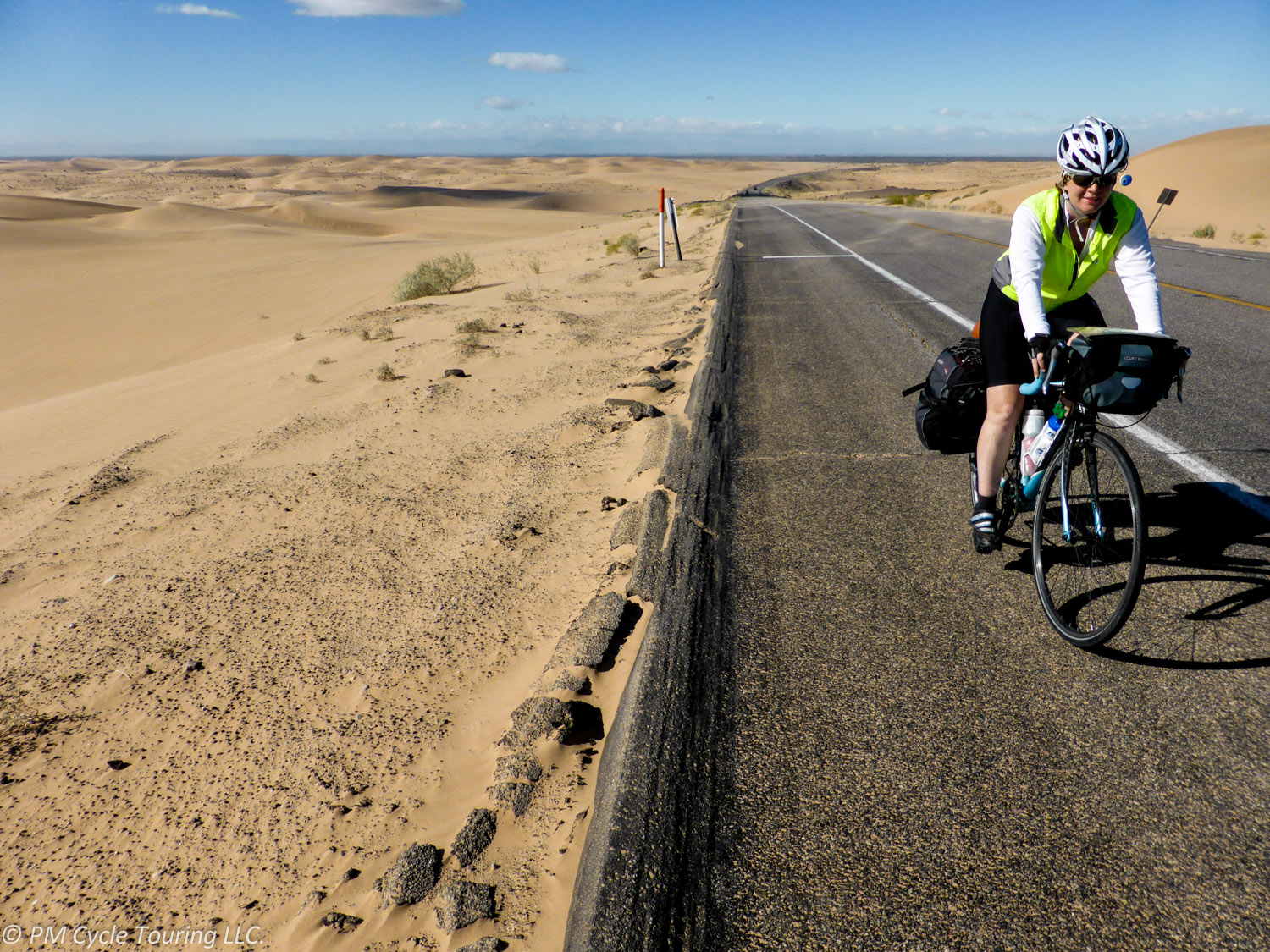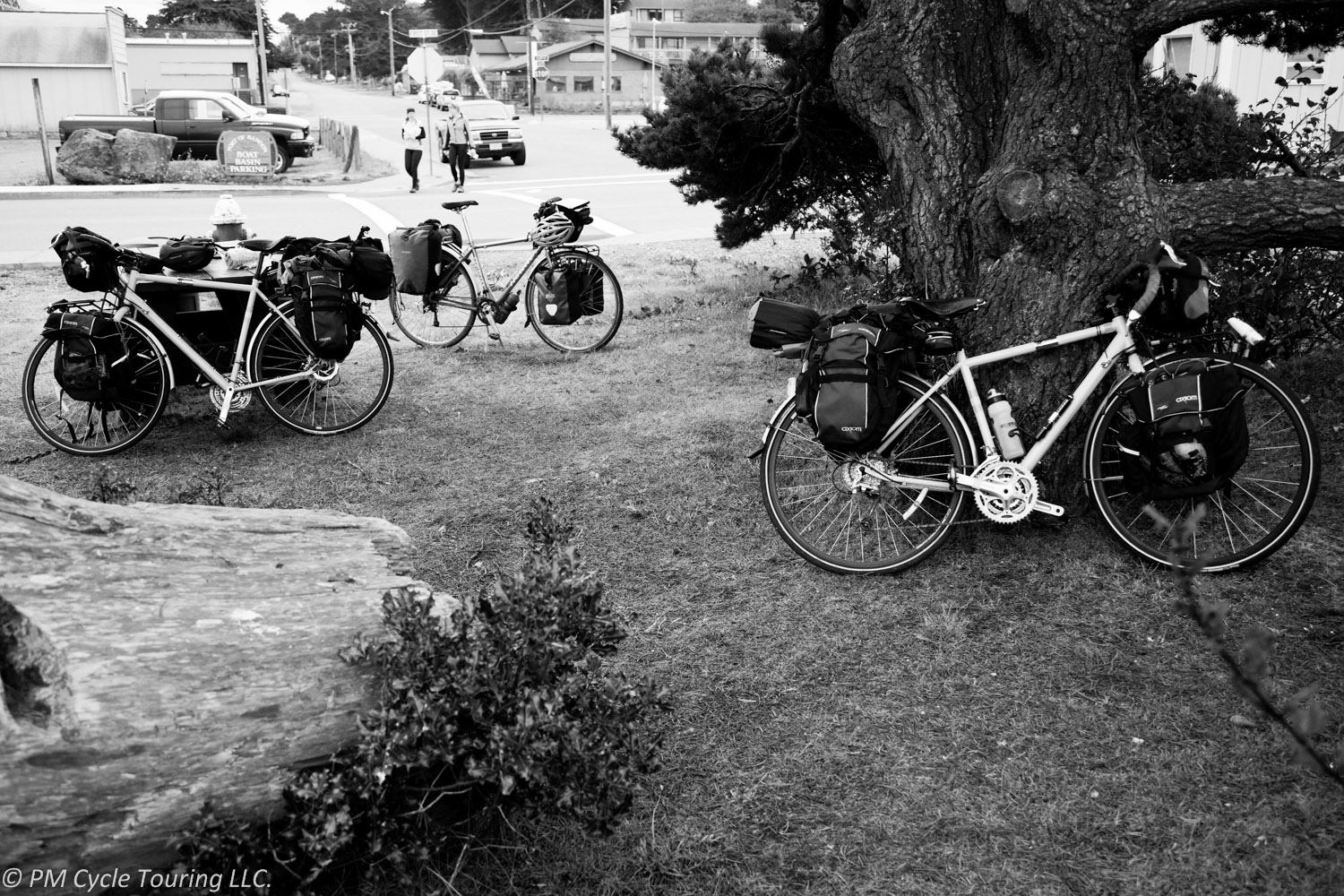So, who out there is confused about tire sizing? Anyone? I know I’m not the only one out there confused by the terminology, sizes, types, etc. Just the other day, my husband and a bike shop owner had an in depth conversation about the various attributes of different size tires, and I was completely lost. I decided I should learn a bit about tires, and maybe pass that info on to you. It seems that there are two major things to consider: Wheel Diameter, and Tire Width.
As I listened to their conversation, all I heard was a bunch of numbers, 700C, 26 inch, 590 mm, 29er, and I was very confused. Now I know that wheels come in lots of sizes, but the two main ones are 700C and 26-inch. 700C means a 622mm diameter wheel. And 26-inch is 559mm diameter. There’s a third less common 650B which may become more popular in the future with 584mm diameter. {In reality, the 700C or 26-inch is supposed to refer to the diameter of the outside of the tire, but this is not the reality. We’ll keep it simple and say that 700C refers to a standard size wheel, which is true. See how complicated this can get?} What about 29er’s? Well, to add more confusion, they are simply 700C mountain bike wheels measuring at 622mm. Sheesh!
Next is the tire width. Depending on how narrow or wide your wheel rim is, determines the width of tire that you can have. You shouldn’t put too narrow of a tire on a wide rim: it won’t seal. Also, go too wide on a narrow rim, and your tire will pop off. Dangerous! Most people think that a wider tire means slower speeds, and a thinner tire makes you go faster. This is generally the case. But, a wider tire tends to mean a smoother ride, whereas a narrower tire gives a stiffer, bumpier ride. That being said, your body can get used to almost anything, and your ideal tire width ultimately comes down to personal preference.
So, if you take a look at a tire you will see the size of the tire, for example, 700C x 23mm (23-622). This means the tire size is 700C with a 23mm width. The second number, in parentheses, is the ISO (the standardizing organization) designation, which says the same thing as the first number, but with width of the tire followed by diameter of the wheel. Thank goodness for standards! As long as you have a new bicycle, finding the appropriate size shouldn’t be a problem. Unfortunately, older bicycles might have non-standard size wheels, therefore the standard size tires might not fit properly.
I hope this helped. Just trying to decipher all the information really made my head spin. But, once you wade through it, it’s not really too bad. Now, trying to figure out which set of tires to get for your bicycle is a different story, and we’ll tackle that one another time!
Note: I got a lot of help for this article from Sheldon Brown’s website and if you want more information it is a great place to start.
